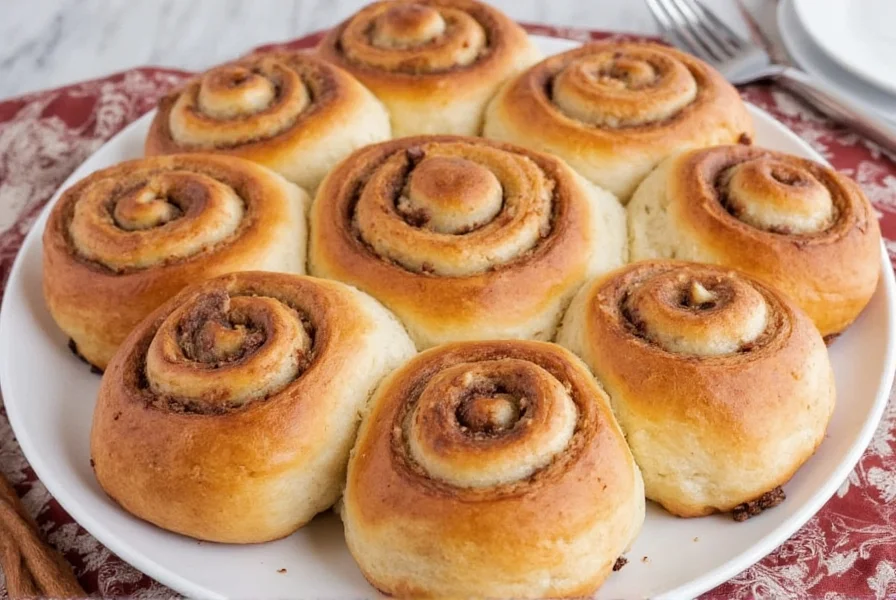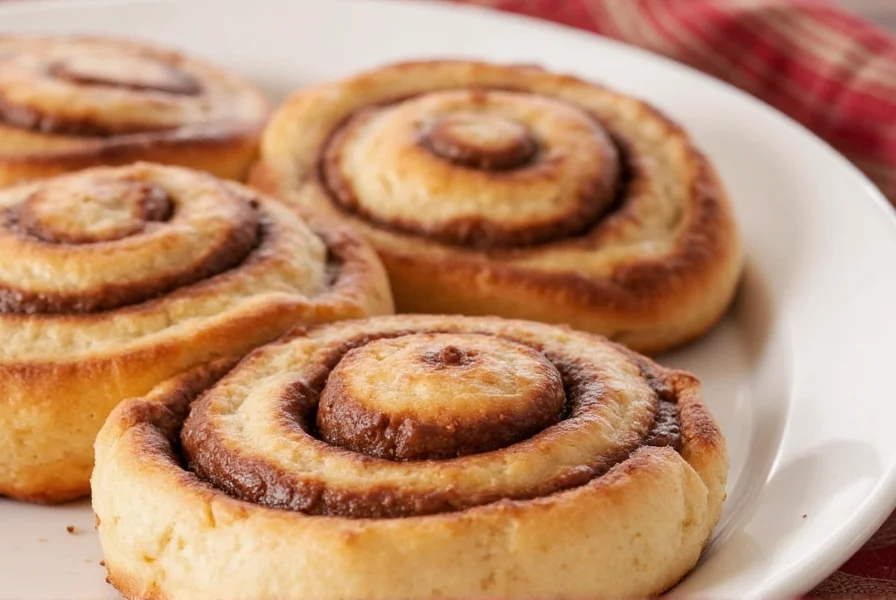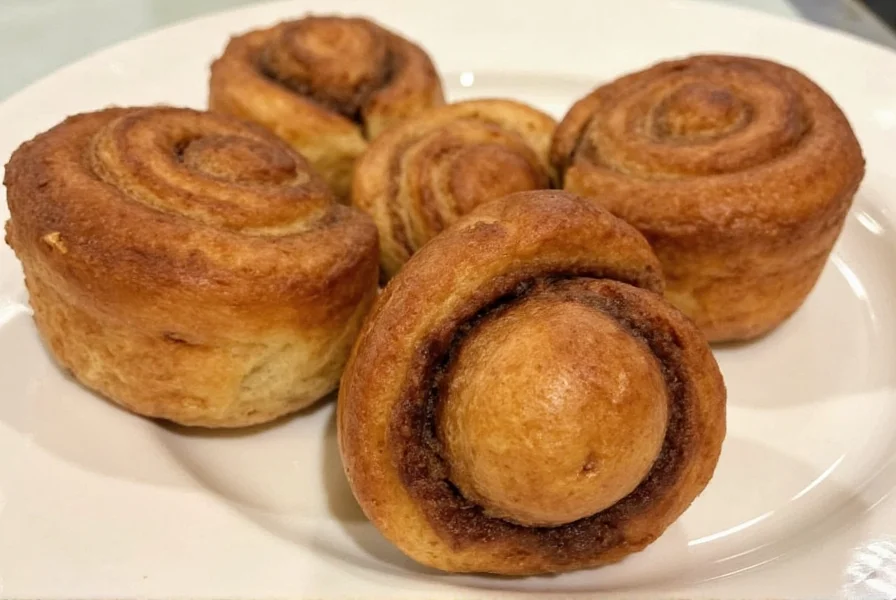These beloved pastries represent a delicious evolution of traditional cinnamon rolls, incorporating chocolate in various forms—whether as chips, melted chocolate in the filling, or cocoa powder integrated into the cinnamon mixture. Understanding the proper technique ensures you achieve bakery-quality results at home, with soft, pull-apart layers and perfectly balanced flavors.
The History Behind Cinnamon and Chocolate Rolls
While cinnamon rolls trace their origins to Swedish kanelbulle, the chocolate variation emerged more recently as bakers experimented with flavor combinations. Chocolate became a popular addition in the late 20th century as artisanal bakeries sought to elevate the classic recipe. The combination works because both cinnamon and chocolate share warm, complex flavor profiles that complement rather than compete with each other.
Essential Ingredients for Perfect Cinnamon Chocolate Rolls
The magic happens through careful ingredient selection. High-quality dark chocolate (at least 60% cacao) provides depth without excessive sweetness, while Saigon cinnamon delivers the intense, warm spice characteristic of professional bakery rolls. The dough requires bread flour for optimal structure, as its higher protein content creates the ideal chewy-yet-tender texture.
| Ingredient | Traditional Rolls | Chocolate Variation | Professional Tip |
|---|---|---|---|
| Dough Type | Enriched yeast dough | Same base with cocoa option | Add 1 tbsp instant espresso powder to enhance chocolate flavor |
| Filling Base | Cinnamon-sugar butter | Chocolate-cinnamon blend | Melt chocolate with butter for smoother swirl |
| Chocolate Form | N/A | Chips, chunks, or melted | Use 70% chocolate chunks for texture contrast |
| Glaze | Cream cheese or sugar | Chocolate-infused option | Add 1 tsp espresso to chocolate glaze |
Step-by-Step Preparation Guide
Creating exceptional cinnamon and chocolate rolls requires attention to temperature and timing. Begin by preparing your dough with lukewarm liquid (105-115°F) to activate the yeast properly without killing it. After the first rise, roll your dough to a precise 16x12 inch rectangle—too thick and the filling won't distribute evenly, too thin and the rolls will tear.

For the filling, combine softened butter with brown sugar, cinnamon, and melted chocolate. The ideal ratio is 2:1 brown sugar to melted chocolate by volume, with 2 teaspoons of cinnamon per cup of sugar. Spread this mixture evenly, leaving a small border to prevent leakage during baking. When rolling, apply gentle but firm pressure to create tight spirals that maintain their shape.
Avoiding Common Mistakes
Many home bakers encounter issues with their cinnamon chocolate rolls. Overfilling with chocolate causes burning and leakage—limit chocolate to 4-6 ounces for a standard 12-roll batch. Under-proofing leads to dense rolls that don't pull apart properly; test by gently tugging a corner—if it stretches without tearing, it's ready. Using chocolate chips instead of chopped chocolate creates uneven melting and texture issues.

Creative Variations Worth Trying
Once you've mastered the basic technique, experiment with these professional variations. The double-swirl method involves creating two separate fillings—one traditional cinnamon and one chocolate—then layering them for a marbled effect. For adult-friendly rolls, add 2 tablespoons of bourbon or espresso to the filling. Swedish-inspired versions incorporate cardamom into the dough for authentic Scandinavian flavor.
Storage and Reheating for Maximum Freshness
These rolls taste best the day they're made, but proper storage maintains quality. Keep unfrosted rolls at room temperature for up to 24 hours, covered with plastic wrap. For longer storage, freeze rolls before glazing—place on a baking sheet until firm, then transfer to freezer bags. To refresh, thaw overnight in the refrigerator then warm in a 300°F oven for 8-10 minutes before adding glaze. Never microwave cinnamon chocolate rolls, as this creates uneven texture and melts the chocolate filling excessively.
Frequently Asked Questions
Can I make cinnamon chocolate rolls ahead of time?
Yes, prepare rolls through the shaping stage, then cover and refrigerate overnight. Remove from refrigerator 1-2 hours before baking to allow proper proofing. This cold fermentation actually enhances flavor development while fitting morning baking into your schedule.
Why do my chocolate cinnamon rolls collapse after baking?
Collapsing usually indicates underbaking or excessive moisture from fillings. Ensure rolls reach 190°F internally before removing from oven. If using fresh fruit or high-moisture ingredients in fillings, reduce other liquid components. Also verify your yeast hasn't expired, as weak yeast creates insufficient structure.
What's the best chocolate for cinnamon rolls?
For optimal flavor balance, use 60-70% dark chocolate. This provides sufficient chocolate intensity without overwhelming the cinnamon. Avoid milk chocolate as its lower melting point causes burning, and white chocolate which lacks the necessary depth to complement cinnamon. Chopping chocolate rather than using chips ensures even melting and distribution.
How can I prevent chocolate from sinking to the bottom?
Mix melted chocolate with the butter in your filling rather than using solid pieces. If incorporating chunks, use small, uniform pieces and distribute them evenly over the butter-sugar layer. Avoid overfilling—4-6 ounces of chocolate for a standard batch is sufficient. Proper rolling technique (tight but not compressed) also helps maintain filling distribution.











 浙公网安备
33010002000092号
浙公网安备
33010002000092号 浙B2-20120091-4
浙B2-20120091-4